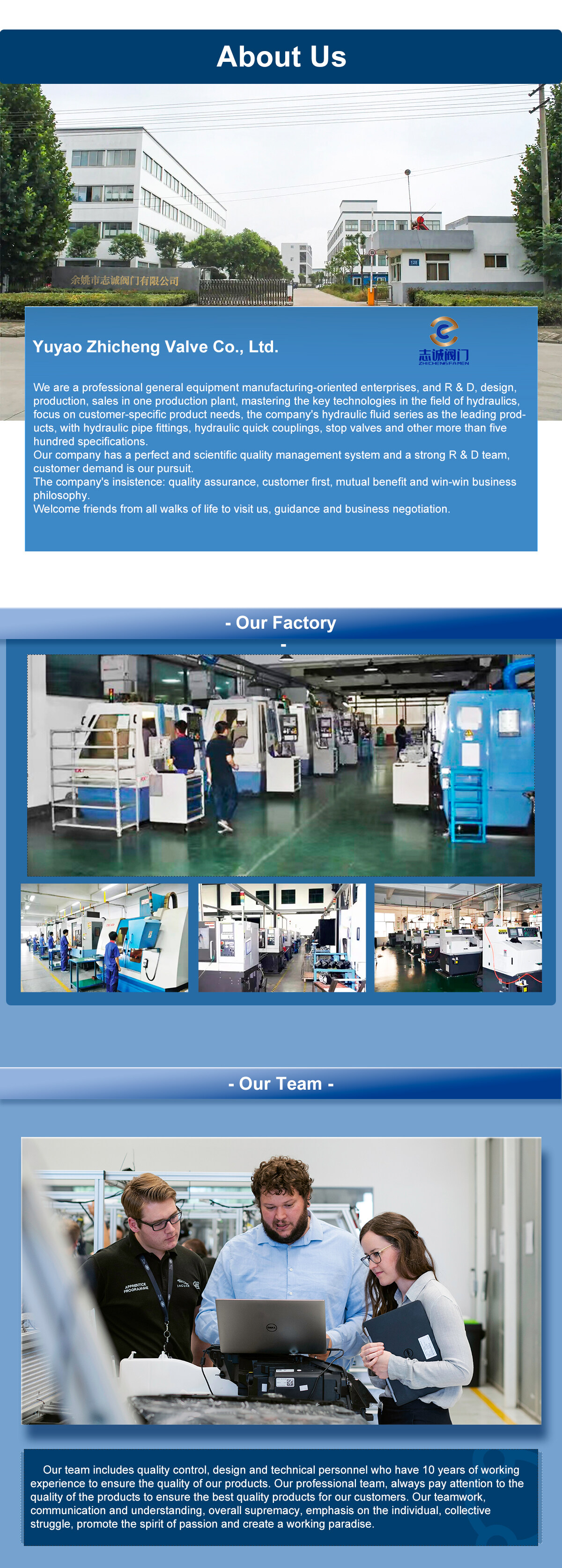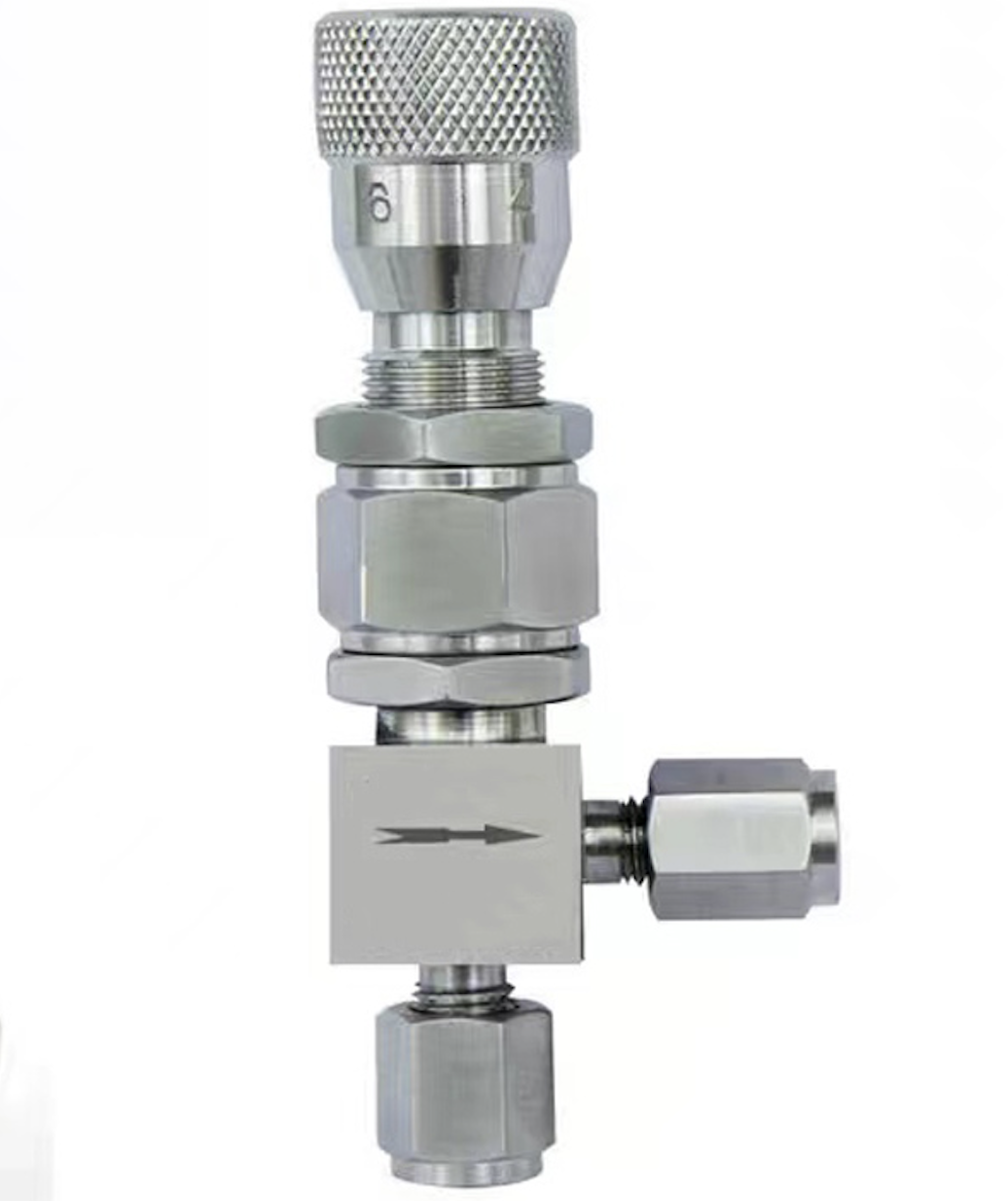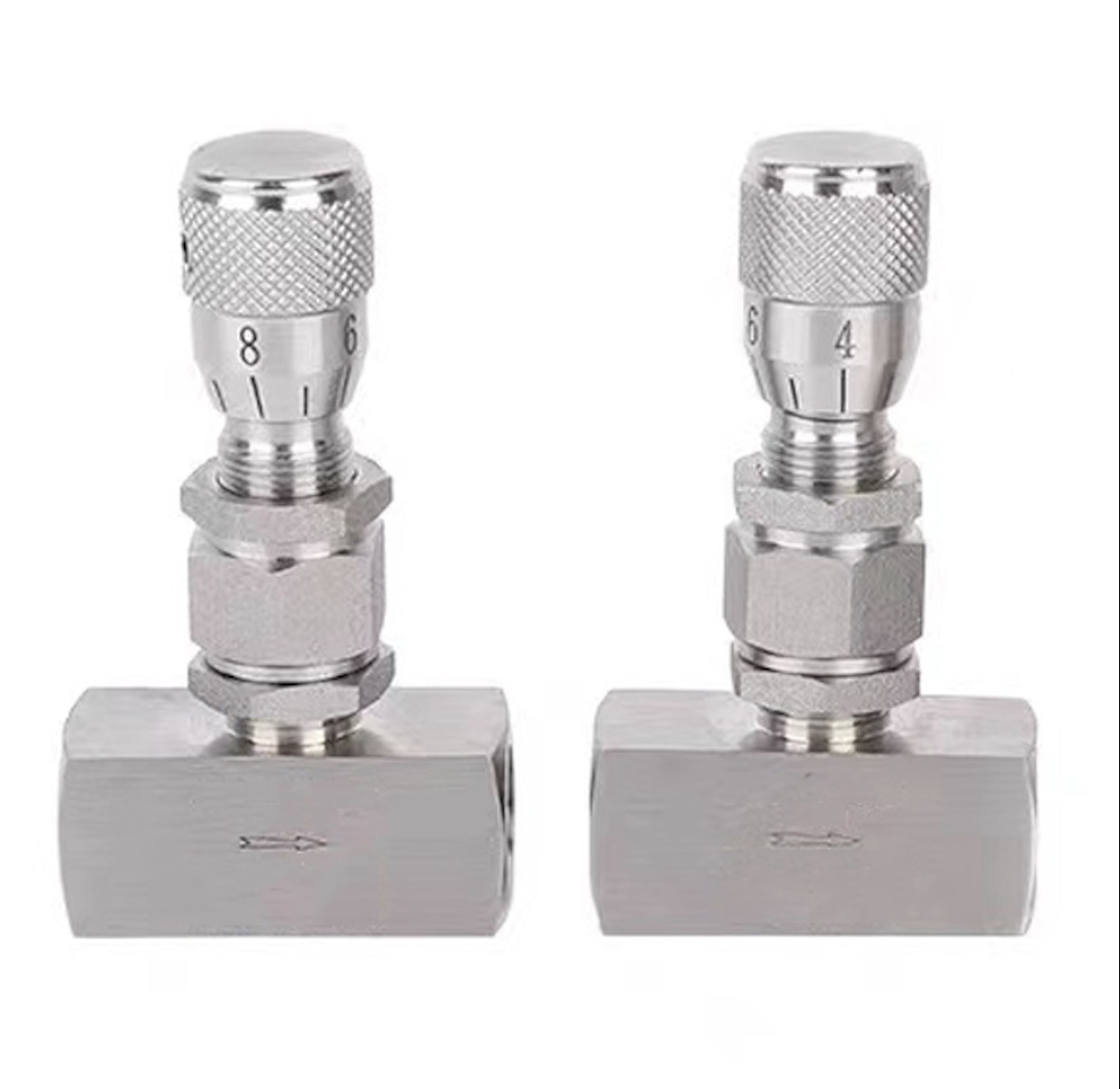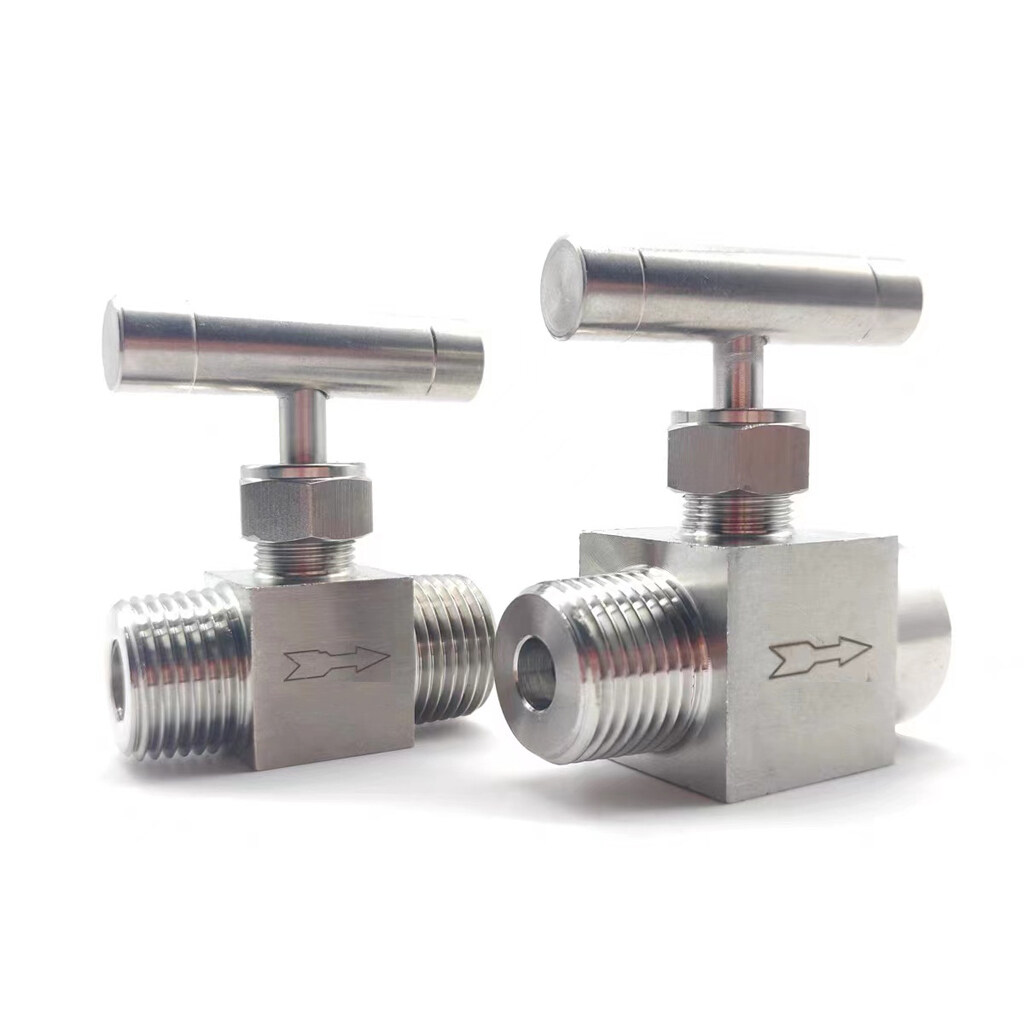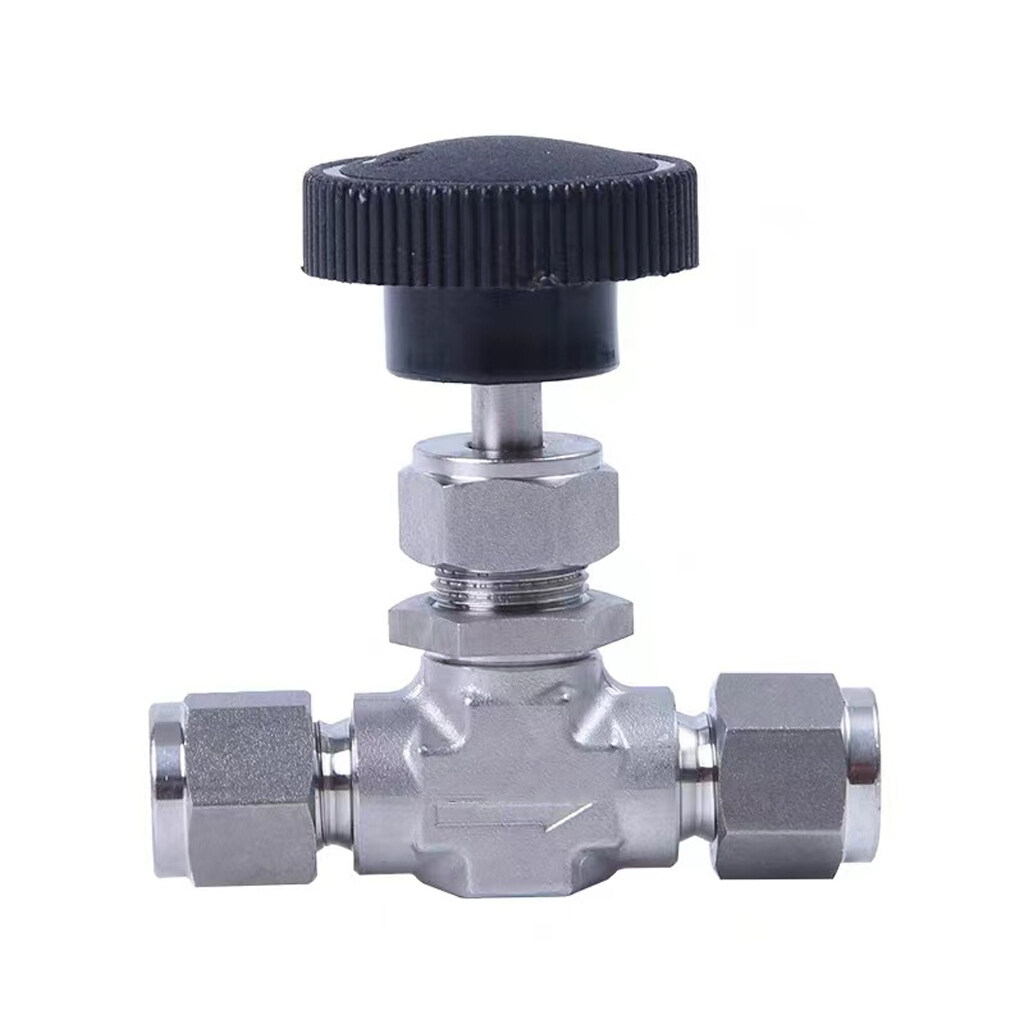Email format error
Email cannot be empty
Email already exists
6-20 characters(letters plus numbers only)
The password is inconsistent
Email format error
Email cannot be empty
Email does not exist
6-20 characters(letters plus numbers only)
The password is inconsistent

Internal thread stainless steel micro-control metering needle Valves
Internal Thread Stainless Steel Micro-Control Metering Needle Valves have a 32 MPA pressure resistance rating, making them suitable for use in gas pipelines. They also have a high flow regulation accuracy, lovely appearance, and a good texture, making them primarily used in laboratories, chemical pipelines, and other gas regulation.
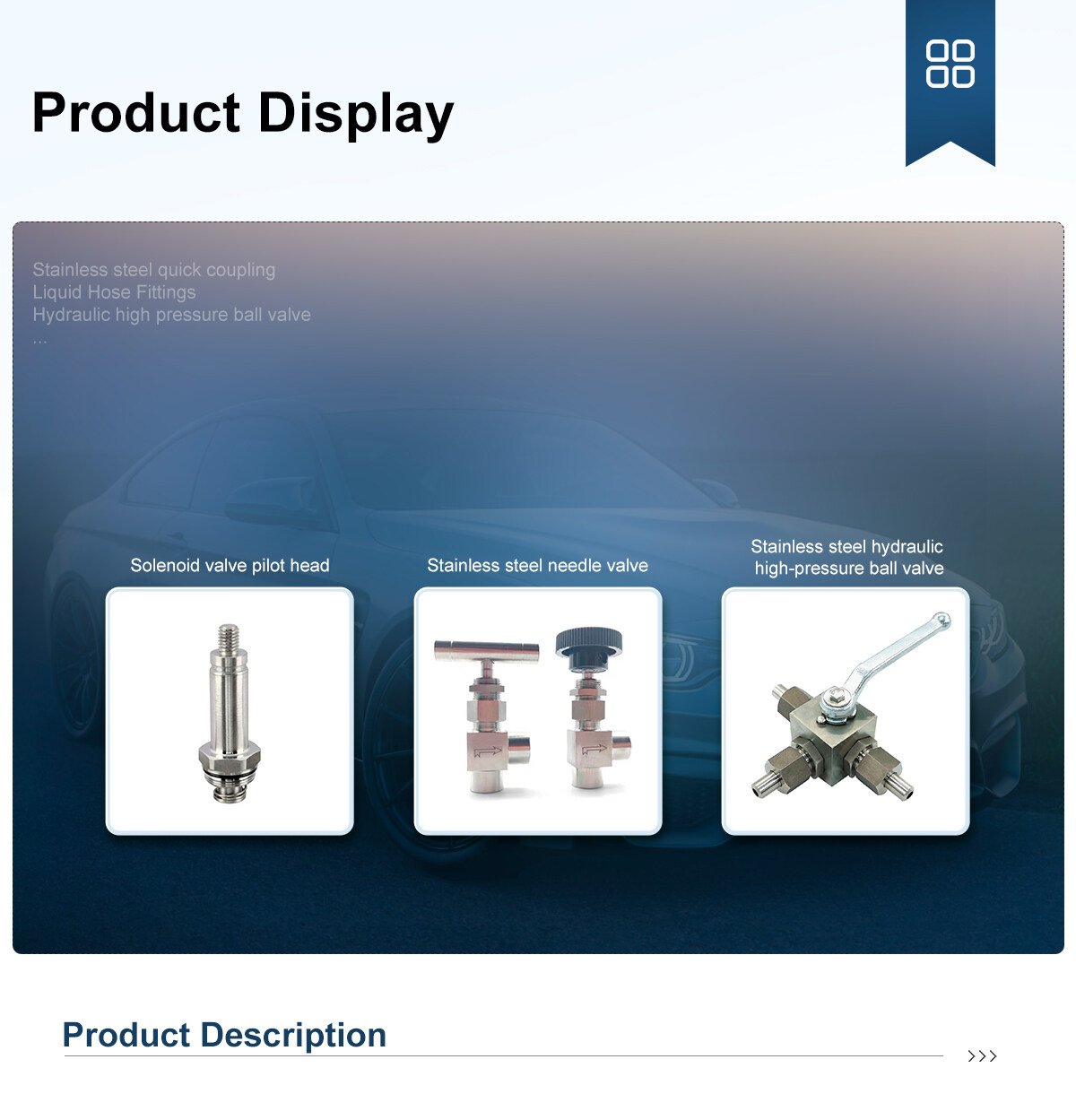
Internal Thread Stainless Steel Micro-Control Metering Needle Valves
Internal Thread Stainless Steel Micro-Control Metering Needle Valves, pressure resistance 32MPA, suitable for gas pipelines, high flow regulation accuracy, beautiful appearance, good texture, mainly used in laboratories, chemical pipelines and other gas regulation.
The use of Internal Thread Stainless Steel Micro-Control Metering Needle Valves
Internal Thread Stainless Steel Micro-Control Metering Needle Valves have precise adjustment and long service life, usually used in the sealing of small flow, high pressure gas or liquid medium, and are most suitable for use with pressure gauges. They are instrument measuring tubes It can be used to open or cut off the pipeline in the pipeline system.
The features of Internal Thread Stainless Steel Micro-Control Metering Needle Valves
Fasten the connection;
Capable of high temperature and high pressure;
Pass the static pressure test;
Fire and explosion-proof structure;
Compact and lightweight, low torque;
No leakage during stem operation;
Prevent threads from being corroded by fluid medium.
The difference between ball valves and needle valves
Needle valve is an important part of the instrument measurement pipeline system, mainly including globe valve and ball valve, and its function is to open or cut off the pipeline passage. The needle valve can adjust the flow rate, but the ball valve cannot adjust the flow rate; the handle needs to be twisted a few times to fully open the needle valve, while the ball valve only needs to turn 90°.
The difference in appearance is more obvious, the needle valve has a hand wheel, and the ball valve has a handle.
If you want to adjust the flow on the hydraulic and air pressure control pipelines, choose a needle valve, and if you want to quickly cut off the flow, choose a ball valve.
It can be seen that there is a big difference in the scope and function of instrument needle valves and ball valves.
